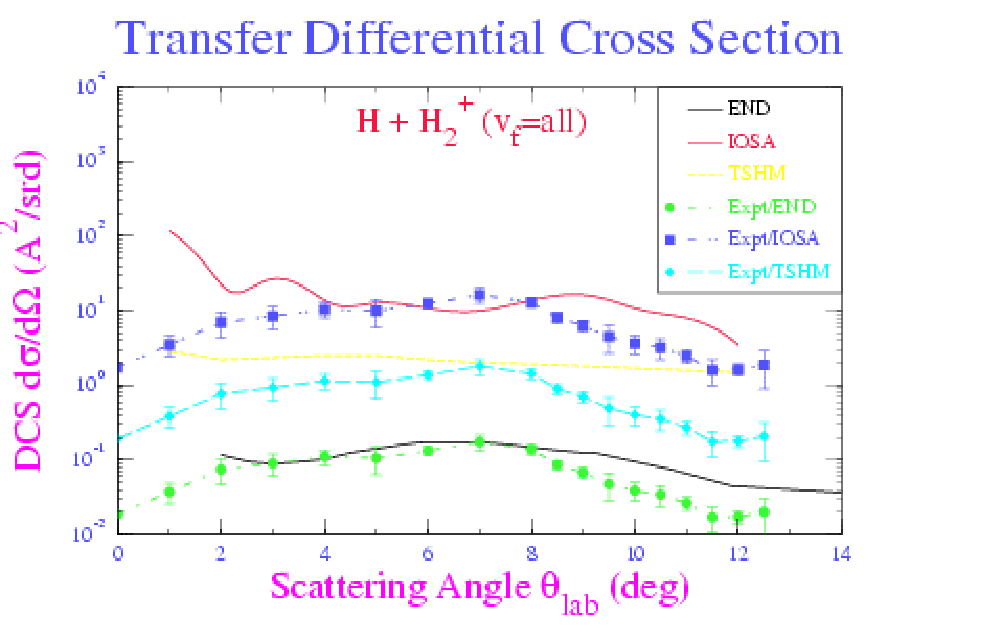Theoretical Chemistry/Chemical Physics
- Development of Novel, Time-Dependent, Non-Adiabatic,
Direct-Dynamics Methods in The Electron Nuclear Dynamics (END) Framework
-
Development of Novel Coherent-States Theories for Both
Nuclei and Electrons in The END Framework
-
Development of Our Own High-Tech END Software PACE:
Python Accelerated
Coherent States Electron
Nuclear Dynamics*
-
END Studies of
Ion-Molecule and Proton Cancer Therapy Reactions
-
Development of Highly-Correlated Coupled-Cluster (CC) Theory
Methods to Accurately Predict Electronic Spin Resonance (ESR) Tensors and
Spectra
-
Molecular Mechanics and Quantum/Classical Studies of Aptamer-Enzyme
Complexes of Penicillin-Resistant Bacteria
The main focus of our present
research efforts is the direct, time-dependent simulation of chemical
reactions. In that approach, a reaction is simulated in the same way the process
evolves in ôreal lifeö (i.e. by evaluating instantaneously the
reaction evolution and its acting molecular forces ôon the flyö,
without the cumbersome time-independent predetermination of potential energy
surfaces). In the main, quantum mechanics is the theoretical framework of our
simulations. However, even with the current computer technology, full
quantum-mechanics descriptions of large chemical systems remain impractical and
recurrences to more feasible classical-mechanics treatments are inevitable.
Therefore, we advocate a generalized quantum/classical (Q/C) approach to ab
initio molecular mechanics where molecular degrees of freedom and/or
molecular regions are distributed into quantum and classical treatments. Degrees
of freedom less critical for quantum effects (e.g. nuclear
translational, rotational and vibrational motions under some circumstances)
and/or a peripheral molecular region not housing quantum processes can be
treated via classical mechanics with added quantum corrections. Conversely, the
central region containing quantum phenomena (e.g. tunneling) must be
described quantum-mechanically.
Toward such a goal, we are developing a novel Q/C
methodology that permits making transitions from quantum to classical treatments
in a gradual and continuous way; we attain such flexibility by exploiting the
properties of coherent states (CS). Broadly speaking, CS are sets of quantum
states that permit expressing quantum dynamical equations in a classic-like
format in terms of generalized positions and momenta. Some CS are also
quasi-classical if their generalized positions and momenta obey classical
mechanics. A CS-formulated dynamics is still quantum but in a
classic-like format as close to classical mechanics as possible;
furthermore, if a quasi-classical CS is employed for a molecular region
and/or a degree of freedom then a classical dynamics with a quantum
state is obtained and a Q/C partition is created.
A highlight of creativity in our CS efforts is the
original formulation of novel types of CS to implement such a CS dynamics.
Whereas nearly all previous chemical research on CS has mostly dealt with the
celebrated Glauber CS to describe nuclear motions, we are endeavoring for the
creation and/or use of novel types of CS for all types of particles (nuclei and
electrons) and for all types of dynamics (translational, rotational, vibrational,
electronic)





